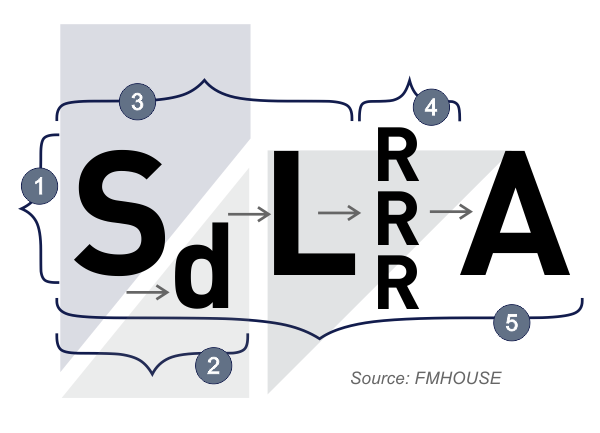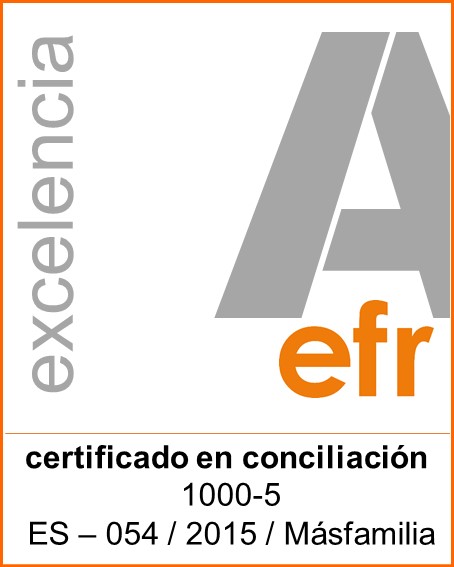Through the years I’ve been working as Facility Management consultant and trainer, I‘ve had to explain what FM is to different people with different professional backgrounds. This is why I’ve developed easy explanations that can help understand the basis on which we can build more complex models on. This article is the continuation of the Decalogue we posted before, to understand the discipline.
It’s obvious and known that in order to do FM we must begin by changing the way we define the client company’s needs first, because that will change the way we tender and consequently the way services are proposed and measured.
In addition, this is useful to refute the concept which is highly repeated (or was usually repeated), regarding “doing FM” as outsourcing all services to one sole contractor. No, that’s just outsourcing not doing FM, and it’s been done for quite a while. We could have one FM contract with a service provider for just one service and, because of this, we would be doing FM. It’s obvious that in order to do FM we must change something in the way we do things. If not, we won’t change the results we get.
The sequence of the letters SLA following is useful to explain the design and provision model of Facility Management services and is useful also to understand the general matters of the discipline and the way it works in the same way that we could say that this acronym represents the procurement model, used in other business areas. The idea is laying an easy explanation that helps understand how we proceed in FM. According to the following graphic we can explain:
Figure 1: Provision Model Based on SLA. Source: FMHOUSE
- “S”, or “Service”, is what is more similar to the definition in a traditional specifications document, although, if we’re defining a SL, it will already have distinguishing elements, such as higher risk transfer.
- To indicate that a Service Definition should be different, we’ll use the acronym Sd.
- “L”, or “Level” is what gives the service definition the ability to measure and to adjust within a certain range. The service definition can’t be changed as, if it is, the service itself would change.
- “A”, or “Agreement”, is only present if there is an actual agreement, this is to say, if after a tender process, RFI – RFP – RFQ (4), and after the necessary adjustment, there is a level of agreement that is good enough.
The correct use of this letter sequence within the process of service definition and provision helps to, amongst other things, to place the responsibilities of every stakeholder in a correct way. For example, when trying to place the responsibilities of the Purchasing Department or how this Department can fit into the FM activity, if this department where to take responsibility on the RFQ process.
This is the summarized explanation we give to our clients before we start a FM tender process. Just three letters that condense almost all FM´s main concepts.
As mentioned at the beginning, with this article I have tried to give a simple explanation of the significance of different terms used regularly in our Discipline. In the Module 6 of the FMHOUSE Institute’s International Masters Degree in Facility Management, tittled “Service Dimentioning”, this topic is developed in a more ample way.
Author: David Martínez, PhD. Strategic consultant, coach, researcher and international speaker. Renowned Facility and Asset Management expert. Specialized in multicultural property management models and productivity applied to workplace.










